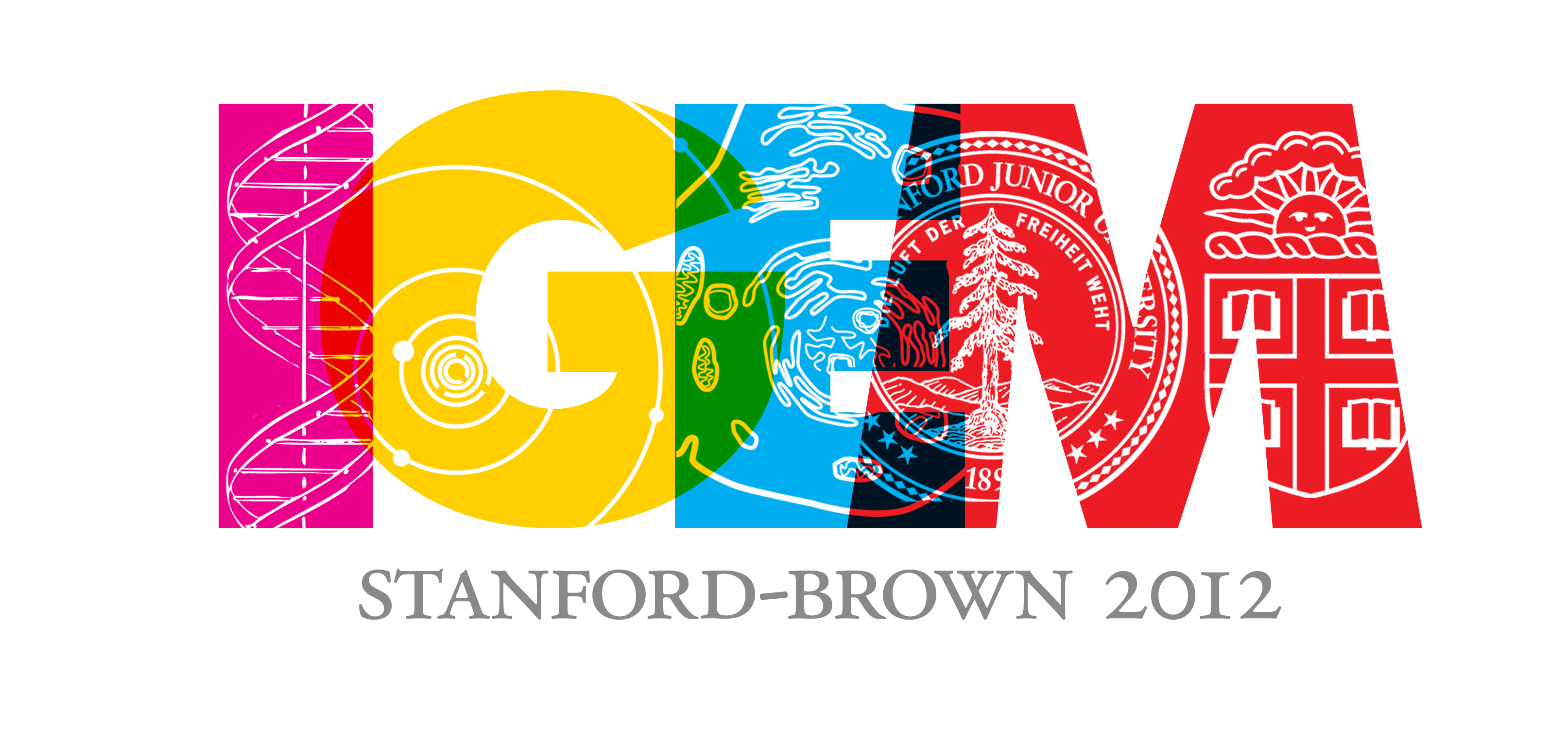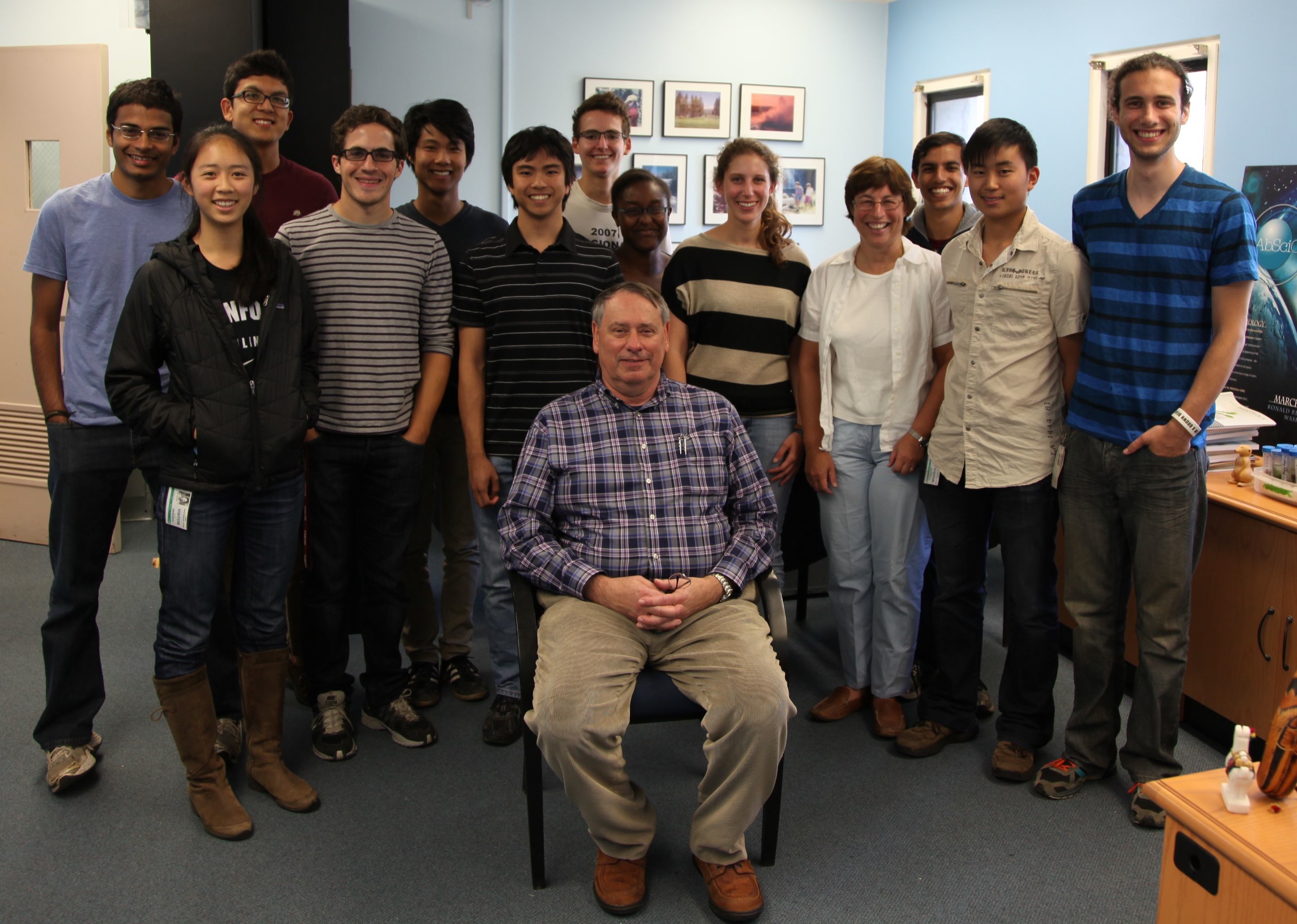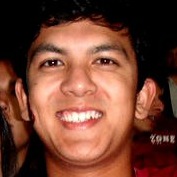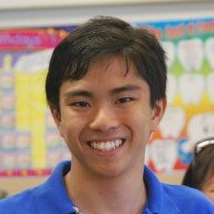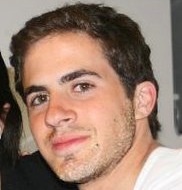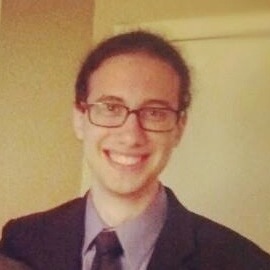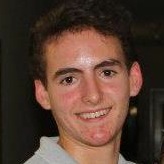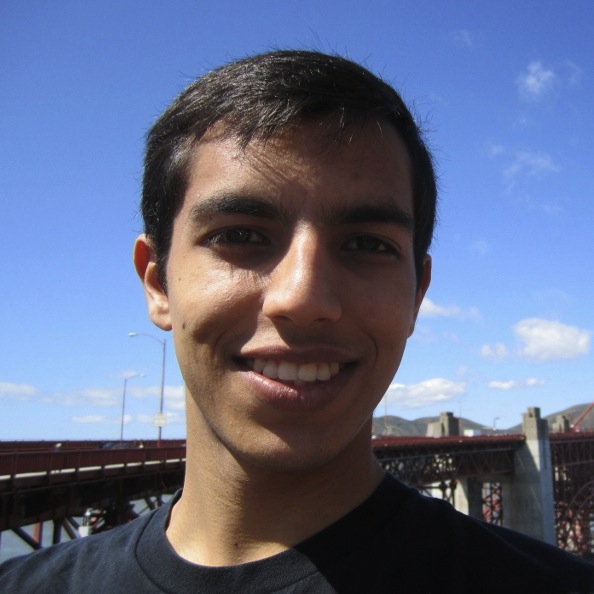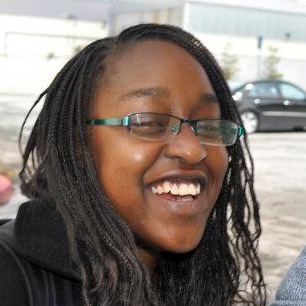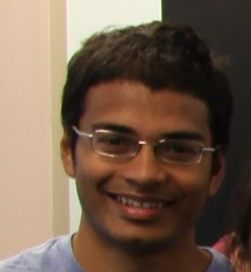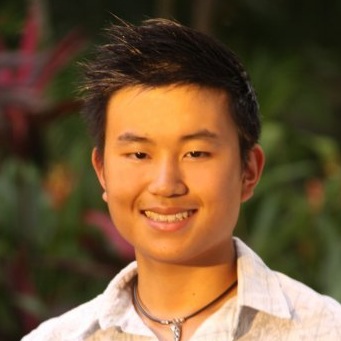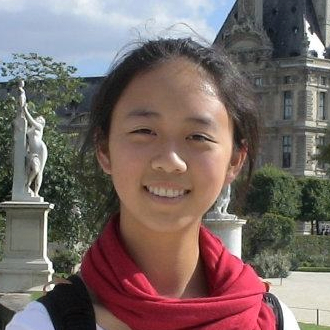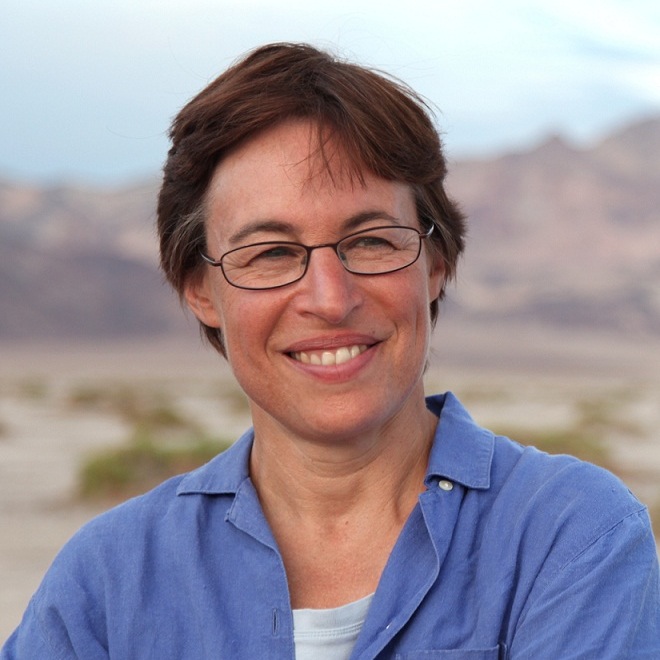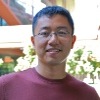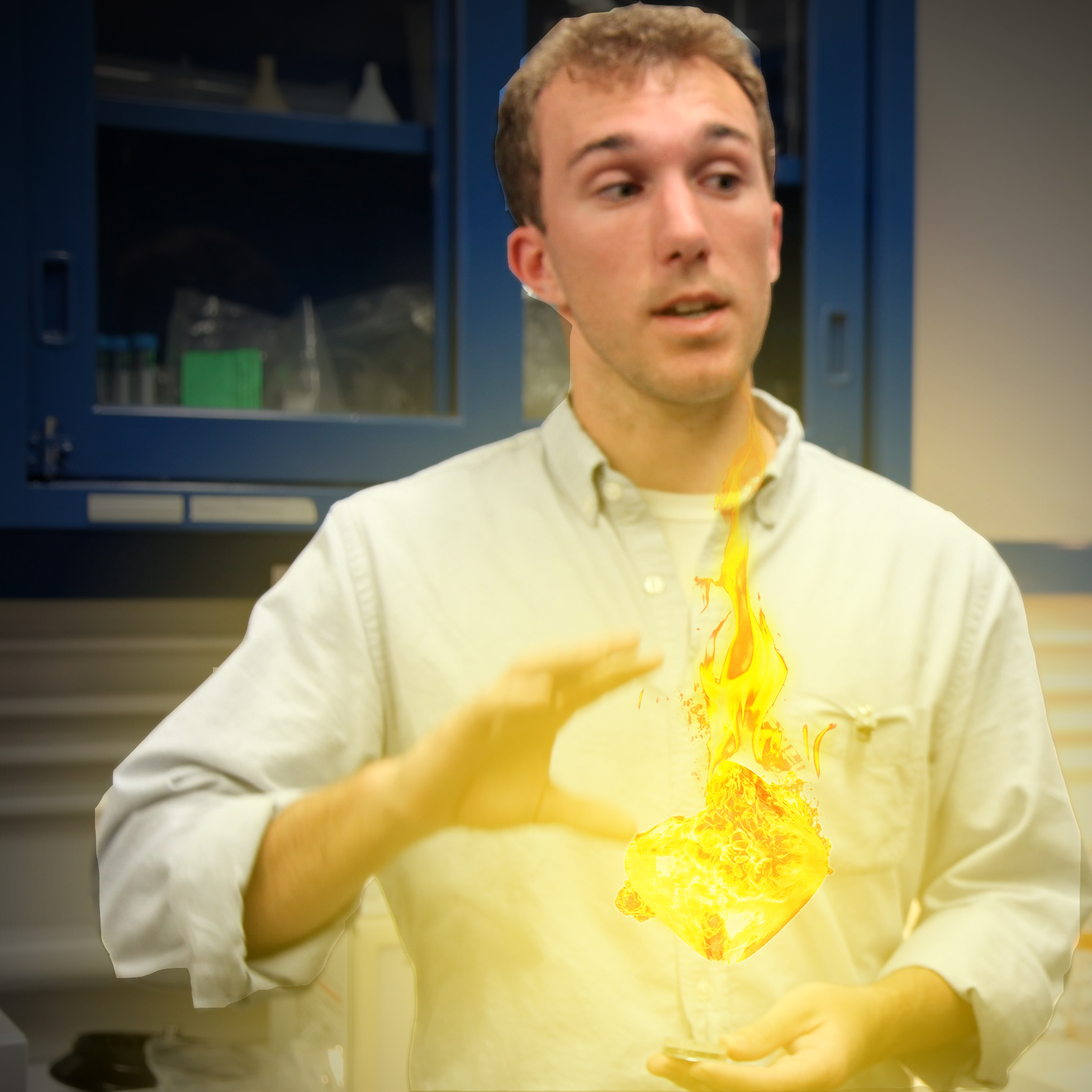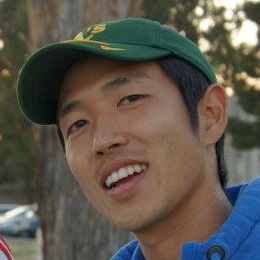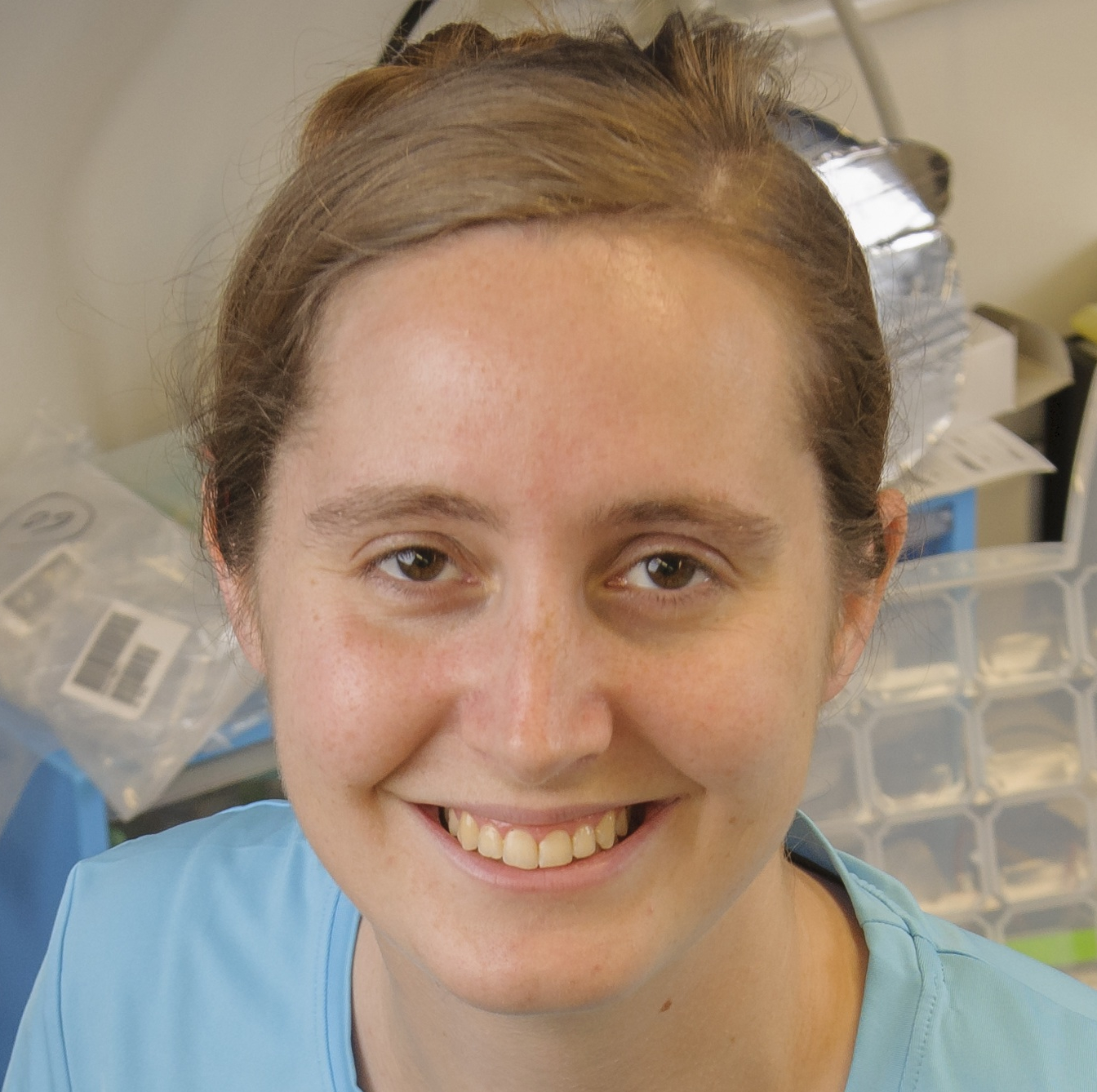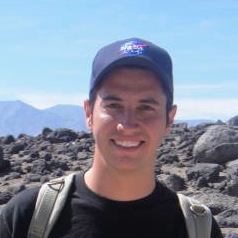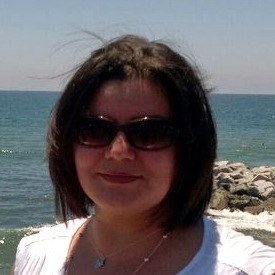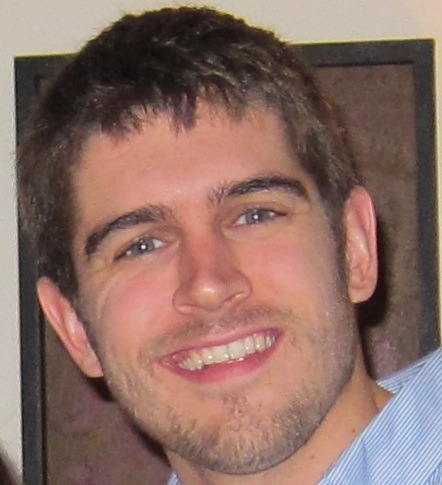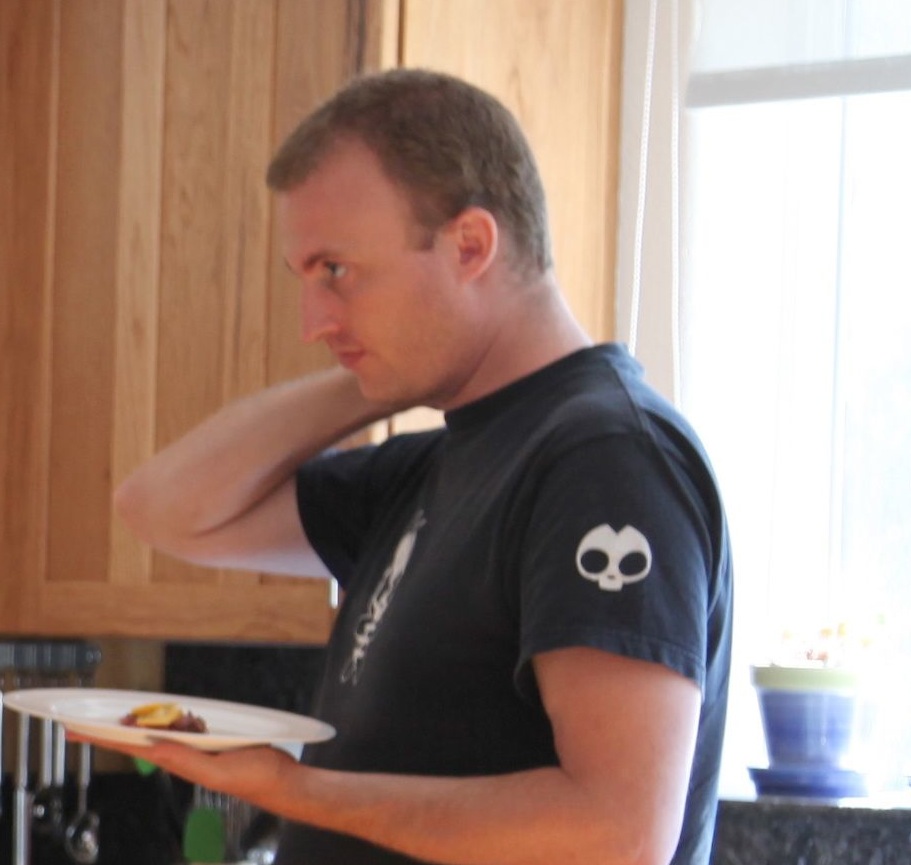Team:Stanford-Brown/HellCell/Introduction
From 2012.igem.org
(→Introduction) |
|||
| Line 3: | Line 3: | ||
<div id="subHeader"> | <div id="subHeader"> | ||
<ul id="subHeaderList"> | <ul id="subHeaderList"> | ||
| - | <li><a href="/Team:Stanford-Brown/ | + | <li><a href="/Team:Stanford-Brown/AboutUs/Team" id="project">About Us:</a></li> |
| - | <li id="active"><a href="#" id="current"> | + | <li id="active"><a href="#" id="current">Team</a></li> |
| - | <li><a href=" | + | <li><a href="https://igem.org/Team.cgi?id=847">Official Profile</a></li> |
| - | + | <li><a href="/Team:Stanford-Brown/AboutUs/Collaboration">Collaboration</a></li> | |
| - | + | <li><a href="/Team:Stanford-Brown/AboutUs/Sponsors">Sponsors</a></li> | |
| - | <li><a href="/Team:Stanford-Brown/ | + | <li><a href="/Team:Stanford-Brown/AboutUs/Attributions">Attributions</a></li> |
| - | <li><a href="/Team:Stanford-Brown/ | + | |
| - | <li><a href="/Team:Stanford-Brown/ | + | |
| - | + | ||
| - | + | ||
</ul> | </ul> | ||
</div> | </div> | ||
| Line 18: | Line 14: | ||
{{:Team:Stanford-Brown/Templates/Content}} | {{:Team:Stanford-Brown/Templates/Content}} | ||
| + | == '''About Us''' == | ||
| - | + | [[File:Sb2012logo.jpg|200px|left]] | |
| - | + | We are the combined iGEM team of Brown University and Stanford University, working together across three thousand miles and four time zones to develop synthetic biology applications for astrobiology. Over the course of summer 2012, we have managed to achieve quite some progress in this novel application for synthetic biology. We developed 6 parts that confer resistance to basicity and desiccation to explore where life is going as we move towards the stars. We created cell-cycle promoters to create remote biosensors: tools for astrobiologists to study the growth of samples without disturbing them. We engineered a standardized flagella part that can express metalbinding sites to harvest metals ''in situ''. | |
| - | + | ||
| - | + | Our team is composed of thirteen undergraduates and recent graduates working under the guidance of post-doctoral students and professors. We are always looking to share our passion for the exciting new field of synthetic biology, so please make sure to contact us with any questions. Thanks for visiting! | |
| - | + | [[File:Team_with_pete.jpg|600px|center|thumb|The team with NASA Ames Center Director, Pete Worden]] | |
| - | + | ||
| - | + | ||
| - | + | ||
| - | + | == '''Who Are We?''' == | |
| - | + | ||
| + | '''Students:''' | ||
| + | <gallery background="none"> | ||
| + | Image:DebhaAmatya.jpg|'''Debha Amatya<br><br>Stanford '14<br>Bioengineering''' | ||
| + | Image:BryceBajar.jpg|'''Bryce Bajar<br><br>Stanford '14<br>Bioengineering''' | ||
| + | Image:GabrielBen-Dor.jpg|'''Gabriel Ben-Dor<br><br>Stanford '14<br>Neuroscience''' | ||
| + | Image:JuliaBorden.jpg|'''Julia Borden<br><br>Brown '14<br>Cell Biology''' | ||
| + | Image:BenjaminGeilich.jpg|'''Benjamin Geilich<br><br>Brown '12<br>Neuroscience''' | ||
| + | Image:JasonHu.jpg|'''Jason Hu<br><br>Brown '15<br>Comp Bio/English''' | ||
| + | Image:ChrisJackson.jpg|'''Chris Jackson<br><br>Stanford '14<br>Bioengineering''' | ||
| + | Image:VisheshJain.jpg|'''Vishesh Jain<br><br>Brown '14<br>Comp Bio''' | ||
| + | Image:BellaOkiddy.jpg|'''Bella Okiddy<br><br>Brown '15<br>Bioengineering''' | ||
| + | Image:RashmiSharma.jpg|'''Rashmi Sharma<br><br>Stanford '14<br>Bioengineering''' | ||
| + | Image:AadityaShidham.jpg|'''Aaditya Shidham<br><br>Stanford '13<br>Computer Science''' | ||
| + | Image:KendrickWang.jpg|'''Kendrick Wang<br><br>Stanford '14<br>Bioengineering''' | ||
| + | Image:MichelleYu.jpg|'''Michelle Yu<br><br>Stanford '14<br>Biomedical Comp''' | ||
| + | </gallery> | ||
| + | |||
| + | '''Faculty Advisors:''' | ||
| + | <gallery background="none"> | ||
| + | Image:LynnRothschild.jpg|'''Lynn Rothschild''' | ||
| + | Image:GaryWessel.png|'''Gary Wessel''' | ||
| + | Image:JosephShih.JPG|'''Joseph Shih''' | ||
| + | </gallery> | ||
| + | |||
| + | '''Mentors:''' | ||
| + | <gallery background="none"> | ||
| + | Image:AndreBurnier.jpg|'''André Burnier''' | ||
| + | Image:KosukeFujishima.jpg|'''Kosuke Fujishima''' | ||
| + | Image:DianaGentry.jpg|'''Diana Gentry''' | ||
| + | Image:IvanLima.JPG|'''Ivan Lima''' | ||
| + | Image:JessicaNavarrete.jpg|'''Jesica Navarrete''' | ||
| + | Image:JessePalmer.jpg|'''Jesse Palmer''' | ||
| + | Image:ChrisVenter.jpg|'''Chris Venter''' | ||
| + | </gallery> | ||
Revision as of 08:50, 27 November 2012
About Us
We are the combined iGEM team of Brown University and Stanford University, working together across three thousand miles and four time zones to develop synthetic biology applications for astrobiology. Over the course of summer 2012, we have managed to achieve quite some progress in this novel application for synthetic biology. We developed 6 parts that confer resistance to basicity and desiccation to explore where life is going as we move towards the stars. We created cell-cycle promoters to create remote biosensors: tools for astrobiologists to study the growth of samples without disturbing them. We engineered a standardized flagella part that can express metalbinding sites to harvest metals in situ.
Our team is composed of thirteen undergraduates and recent graduates working under the guidance of post-doctoral students and professors. We are always looking to share our passion for the exciting new field of synthetic biology, so please make sure to contact us with any questions. Thanks for visiting!
Who Are We?
Students:
Faculty Advisors:
Mentors:
 "
"
